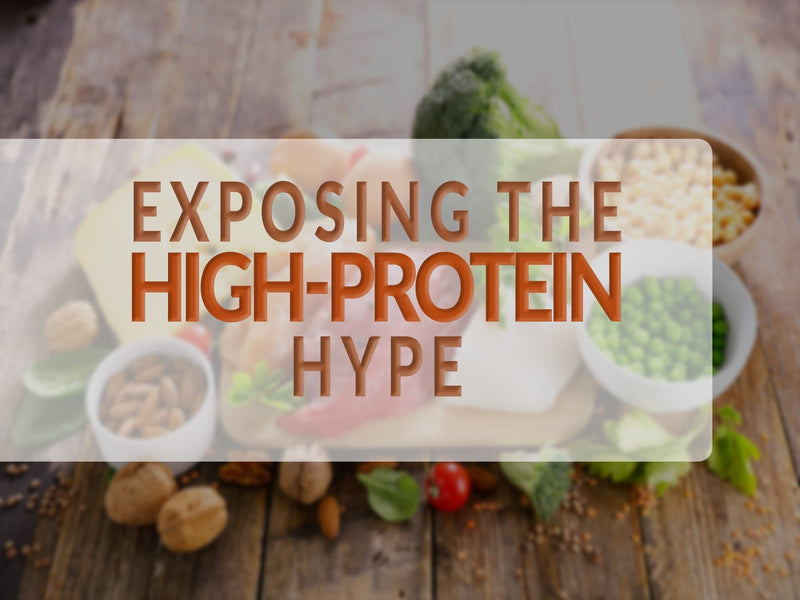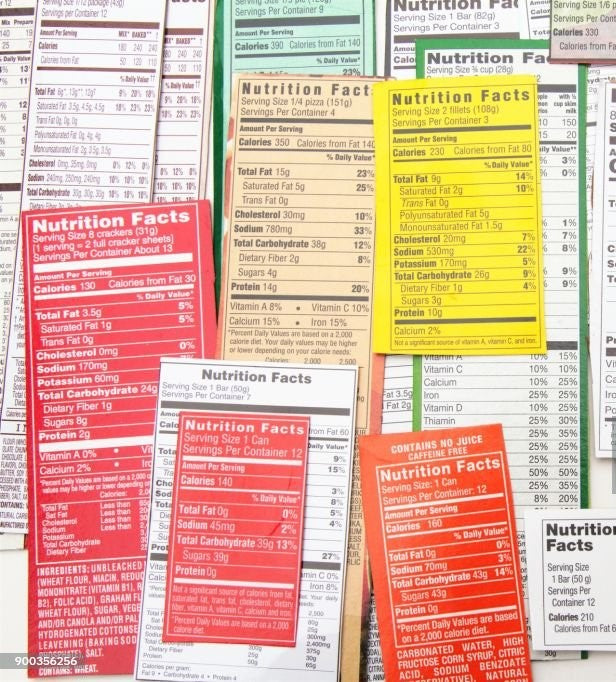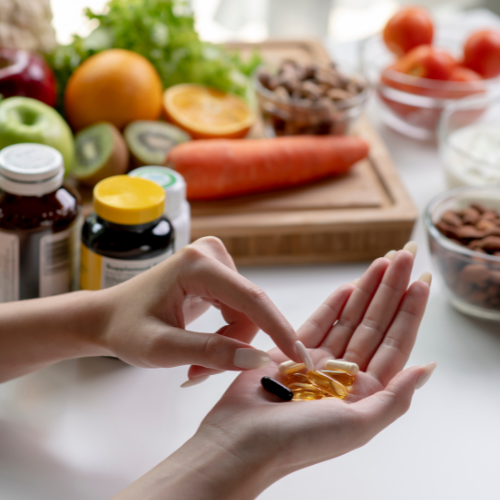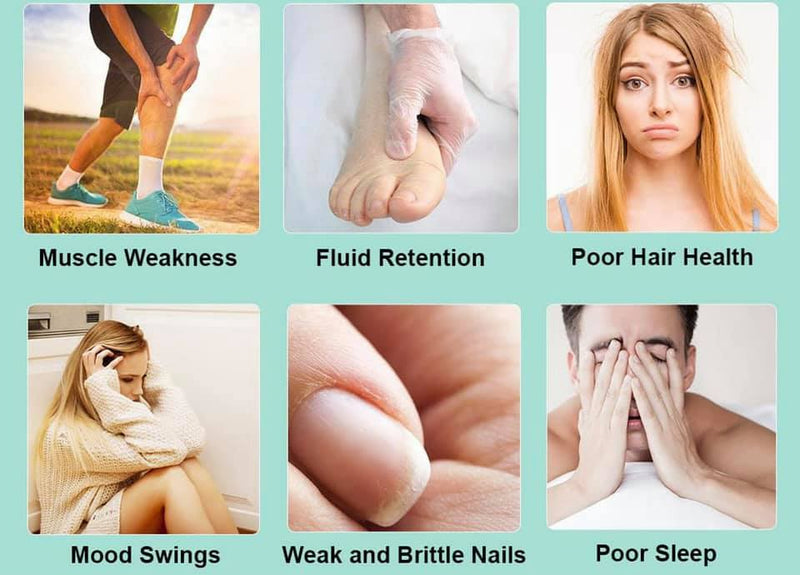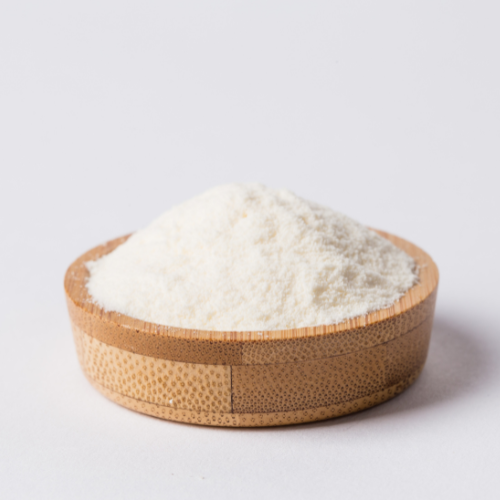
by Renewtra Renewing Nutrition
Health Halo Alert: When “Protein” Is Just a Distraction
High Protein?… Check Again. Because not all “protein-packed” claims are what they seem. These days, you can’t walk two scrolls on Instagram without seeing a bar, cookie, or drink labeled “HIGH PROTEIN!” It’s on breakfast cereals. It’s on pasta. Heck, even water’s trying to get in on the protein game. But here's the deal: A lot of these so-called “protein-rich” products? They're faking it. Just because something contains protein… doesn’t mean it’s a good source of protein. Enter: Protein Washing. Think of it like greenwashing — but instead of pretending to be eco-friendly, brands slap “high protein” on the pack to ride the health wave. The truth? Many of them barely have 3–5 grams of protein per serving. That’s less than a single boiled egg. Let’s talk about those protein chips, shall we? They might have 3-4 grams of protein per serve (yep, barely anything), but guess what else they’re loaded with? Sodium. Lots of it. To "entice your taste buds,” as they’ll say — but it’s really just salt dressed up as flavor. So while you think you’re snacking smart, you're mostly eating a salty chip with a side of marketing. Funnily enough, there will be more grams of carbs than protein per serve in a 'Protein snack', how does any of this make sense? Here’s the Problem: The Health Halo. Slap “high protein” on a product and suddenly it feels like a guilt-free buy. But often, that shiny label is hiding what actually matters: High carbs Saturated fats Artificial junk It’s a classic bait-and-switch. The word protein distracts you from reading the rest of the label — and boom, you're trapped under the health halo. So What Should You Watch For? Read beyond the front: “High-protein” should mean at least 10–20g per serving if it’s meant to support muscle health. Beware the halo.Just because it says “protein” doesn’t mean it’s healthy. Some of these snacks are loaded with sugar, artificial junk, or have poor overall macros. “High protein” ≠ always useful protein. Quantity and quality matter. Look for complete sources like whey, pea + rice, or soy. Bottom line? Don’t get fooled by big words and bold fonts. Ask better questions. Because your health deserves more than a marketing gimmick.




